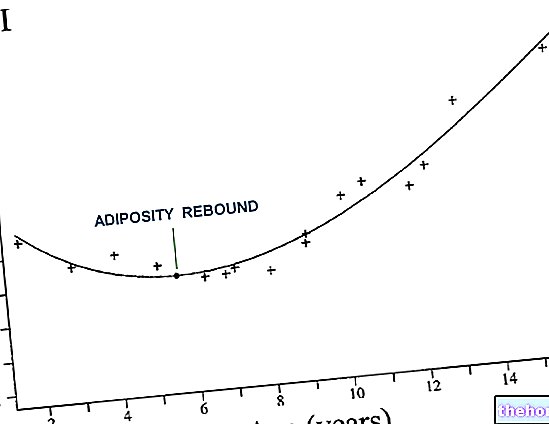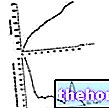Seated height

The stature is the distance between the vertex and the support surface.
The Vertex is the highest sagittal point of the head with respect to the horizontally oriented Frankfurt plane.
For more information on how to measure your height visit the dedicated article.
The human species is characterized by a "wide variability in stature, with a range that can vary from 135 to 200 centimeters (± 20% compared to the male standard of 165 cm). Based on this reference we speak of:
- small stature (from 135 to 159.9 cm);
- below average stature (160 to 164.9 cm);
- above average stature (165 to 169.9 cm);
- large stature (170 to 199.9 cm)
For stature less than 135 centimeters we speak of dwarfism; for those over two meters we speak of gigantism. Considering the enormous statural differences that separate the various ethnic groups (Pygmies - Vatussians, but also Sardinians - Trentino, etc.), it is nevertheless necessary to adopt specific standards for each individual population.
The systematic collection of anthropometric data in the past years and the subsequent statistical processing have led to the formulation of particular graphs, which allow to evaluate the height of an individual with respect to the average. Among these, the most common in the medical field are the so-called growth curves; there are some for the male population, for the female one, for pregnant women, for newborns, for children and so on. For the latter, for example, the Tanner curves are widely used, which, although based on surveys of the British pediatric population, are perfectly suited to assessing the stature of Italian children.
At first glance, the graphs can be difficult to interpret, especially for those who do not have adequate statistical knowledge. In reality, each curve designates a percentile, that is the percentage of the population that has a lower or higher stature value than the standard. For example, a child with a stature corresponding to the 75th percentile has 75% of the peers with a shorter stature and 25% with a higher stature.
On the basis of these statistical data, the values of height between the 3rd and 97th percentile are considered in the norm. Taking a look at the graph we see that these limits for a 19-year-old woman are 151 and 173 cm respectively, while for a male of the same age they rise to 162 and 186 cm.
Above the 97th percentile we speak of high stature (hyperstaturism), while below the 3rd percentile we speak of low stature (hypostaturism). So, in adulthood:
- a male less than 162 cm tall is considered short
- a male taller than 186 cm is considered tall
- a female less than 151 cm tall is considered short
- a female taller than 173 cm is considered tall
We speak of dwarfism when the adult height is less than 130 cm in men and 125 cm in women.
the average height is 175 cm for males and 162 cm for females


The "statural growth" in the developmental age is the expression of the longitudinal growth of the long bones (see dedicated article).
The decrease in stature in old age is caused by dehydration and reabsorption of the intervertebral discs, sometimes accompanied by microfractures or crushing of the vertebral bodies between which they are interposed.
The height reached at 18 can be considered definitive, subsequent and any increases are borne by the spinal column and are limited (1 cm). Generally, in females the final height is reached earlier (16-17 years in the most industrialized regions of the earth) than in males (18-19 years).
The height is strongly influenced by the genetic characteristics and to a lesser extent by the environmental conditions in which the individual has developed from the fetal stage up to that moment. The type of diet, the hygienic conditions, the diseases suffered and even the degree and type of physical activity practiced in the years of development, can therefore tangibly influence the height reached in adulthood. All this is confirmed by the so-called secular trend, a phenomenon that, in the last 100-150 years, has led to a significant increase in the average height in industrialized countries (in Italy the height of military recruits increased by about 10 cm between 1861 and 1961). of a period of time too short to find an explanation in the genotypic variability, which is why scholars consider it an expression of the improved environmental conditions on the potential for statural growth (greater nourishment, vitamin and mineral integration of the mother during gestation and of the child in the first years of life, less tiring manual work, disappearance of debilitating diseases, etc.). Not surprisingly, the increase in height has not been reported in several underdeveloped or developing countries, where in some cases a secular trend has even been noted negative.

.jpg)


























